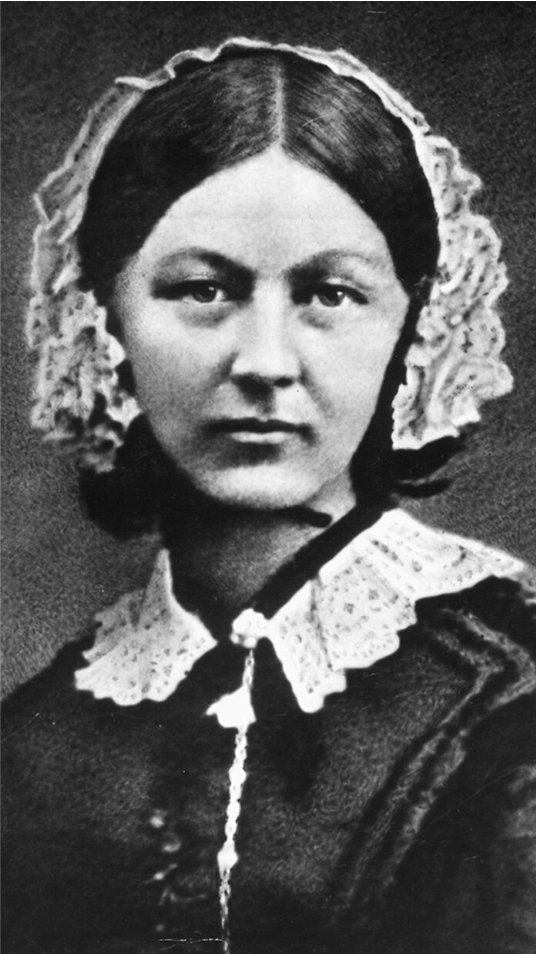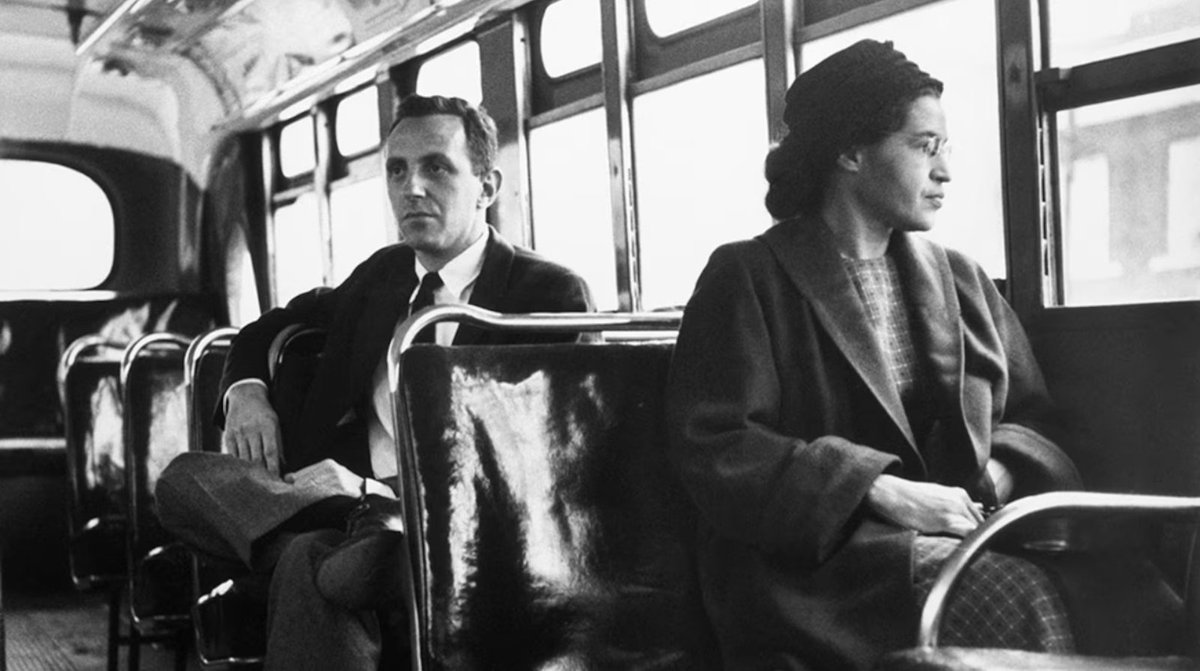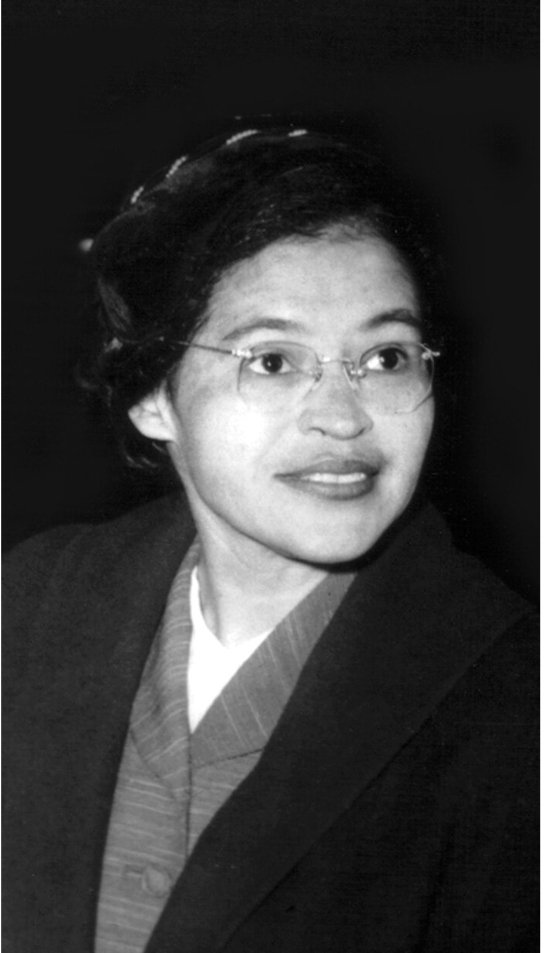
1/14
#WomensHistoryMonth
Florence Nightingale
The nurse who changed hospitals for the better
BY: JOHNNA RIZZO
#WomensHistoryMonth
Florence Nightingale
The nurse who changed hospitals for the better
BY: JOHNNA RIZZO

2/14
Florence Nightingale just wanted to help. As a young woman in England in the 1840s, she saw how hard it was for poor people to get help when they were sick.
Florence Nightingale just wanted to help. As a young woman in England in the 1840s, she saw how hard it was for poor people to get help when they were sick.
3/14
She wanted to be a nurse, but her rich parents thought that the job was beneath her, that she should instead marry a wealthy man. Defying what most women of her time would do, she went to Germany to study nursing.
She wanted to be a nurse, but her rich parents thought that the job was beneath her, that she should instead marry a wealthy man. Defying what most women of her time would do, she went to Germany to study nursing.
4/14
Born on May 12, 1820, Nightingale was smart and observant. At her first job in the early 1850s, caring for sick teachers in London, England, she became superintendent after quickly showing her talent for helping the sick get better.
Born on May 12, 1820, Nightingale was smart and observant. At her first job in the early 1850s, caring for sick teachers in London, England, she became superintendent after quickly showing her talent for helping the sick get better.
5/14
It was also when she developed ideas that would change healthcare forever.
The mostly male doctors of the day focused on treating the diseases patients came into the hospital with, and not necessarily on how the diseases spread.
It was also when she developed ideas that would change healthcare forever.
The mostly male doctors of the day focused on treating the diseases patients came into the hospital with, and not necessarily on how the diseases spread.
6/14
(The idea of germs spreading diseases hadn’t quite caught on yet.) But while volunteering at a hospital during a cholera outbreak, Nightingale noticed that people were catching and spreading diseases inside the hospital itself.
(The idea of germs spreading diseases hadn’t quite caught on yet.) But while volunteering at a hospital during a cholera outbreak, Nightingale noticed that people were catching and spreading diseases inside the hospital itself.
7/14
It was then she realized that dirty conditions inside hospitals might be spreading diseases, and that if hospitals were cleaner, patients might be safer.
It was then she realized that dirty conditions inside hospitals might be spreading diseases, and that if hospitals were cleaner, patients might be safer.
8/14
In 1853, England and France went to war with Russia in what is now Turkey, an event called the Crimean War. Nightingale was asked to lead a team of 38 nurses at the British military hospital in Constantinople (now Istanbul, Turkey).
In 1853, England and France went to war with Russia in what is now Turkey, an event called the Crimean War. Nightingale was asked to lead a team of 38 nurses at the British military hospital in Constantinople (now Istanbul, Turkey).
9/14
When she arrived, she was shocked to discover that more soldiers were dying from infectious diseases like typhoid and cholera than from battle wounds.
When she arrived, she was shocked to discover that more soldiers were dying from infectious diseases like typhoid and cholera than from battle wounds.
10/14
Taking charge, she had the hospital scrubbed, then created diagrams and graphs to show that if hospitals were cleaner, fewer people would die. According to some sources, because of her efforts the hospital’s death rate dropped from about 40 percent to around 2 percent.
Taking charge, she had the hospital scrubbed, then created diagrams and graphs to show that if hospitals were cleaner, fewer people would die. According to some sources, because of her efforts the hospital’s death rate dropped from about 40 percent to around 2 percent.
11/14
The “Lady With the Lamp”—soldiers’ nickname for her because of her habit of walking dark hallways to care for them—returned to England after the war ended in 1856.
The “Lady With the Lamp”—soldiers’ nickname for her because of her habit of walking dark hallways to care for them—returned to England after the war ended in 1856.

12/14
Two years later she became the first woman member of the Royal Statistical Society for her use of graphs in healthcare, and in 1860 she founded the Nightingale Home and Training School for Nurses to properly train healthcare workers.
Two years later she became the first woman member of the Royal Statistical Society for her use of graphs in healthcare, and in 1860 she founded the Nightingale Home and Training School for Nurses to properly train healthcare workers.
13/14
King George V sent Nightingale a personal birthday message on her 90th birthday; she died a few months later on August 13, 1910.
King George V sent Nightingale a personal birthday message on her 90th birthday; she died a few months later on August 13, 1910.
14/14
But even today, doctors and nurses care for patients using the safe methods that she developed, making sure that those patients’ health only improves when they enter a hospital.
But even today, doctors and nurses care for patients using the safe methods that she developed, making sure that those patients’ health only improves when they enter a hospital.

• • •
Missing some Tweet in this thread? You can try to
force a refresh










